Almost a decade ago, I stumbled across stories of a railroad that looped around Omaha. Different sources told crazy realities, including conflicting ownership, court cases, and the rise and fall of several neighborhoods in North Omaha. I was fascinated that I saw this track all the time when I was growing up, but I never knew its story, so I started researching. I read articles and pamphlets, books and maps. After that, I started an article on Wikipedia to share what I’d found.
Well, that’s never enough for me. With some recent encouragement from John Peterson, a fine railroad history researcher and writer in Omaha, I am going to expand here on what I’ve researched and learned about the Belt Line Railway in North Omaha.
Big Dreams in Old Days
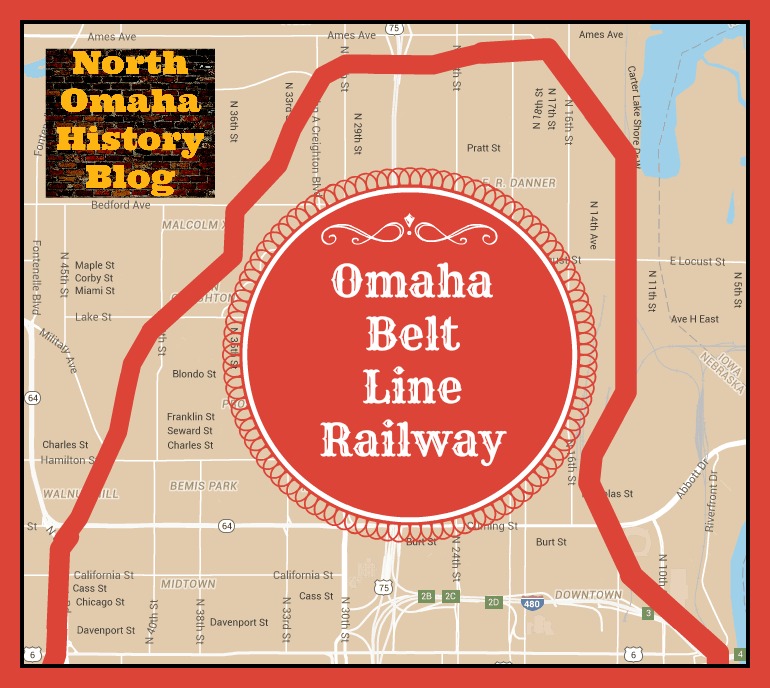
A lot of African Americans and European immigrants came to Omaha to work for the railroad, or to work for industries that depended on Omaha’s railroads, including the stockyards and smelters. In North Omaha, many people worked in small warehouses and light industry scattered across the city. Moving up from the South, African Americans worked on the railroads as porters and in maintenance positions. European immigrants got work as gandy dancers, sometimes working themselves up to being secondman, length runner, or boilerman. All of these men wanted to live by their jobs, which were generally stationed at either the Union Pacific shops or the Union Station. The closest neighborhood for many was the Near North Side, which was established and built between 1860 and 1870. So many African American train workers lived on two blocks there that it was referred to as Portertown. The railroads, including the Union Pacific, the Burlington, the Missouri Pacific, and others made money, and there was an air of prosperity in Omaha in the late 1870s and early 1880s.
Big dreams came from this era. One of them belonged to Jay Gould. Gould was a renowned robber baron and one of the richest men in America. In the late 1850s, he began throwing money into New York railroads and got tied up with the notorious Tammany Hall. By 1879, Gould controlled several western railroads, including the Missouri Pacific Railroad. He was an extremely wealthy man.

Glamorous Railroads
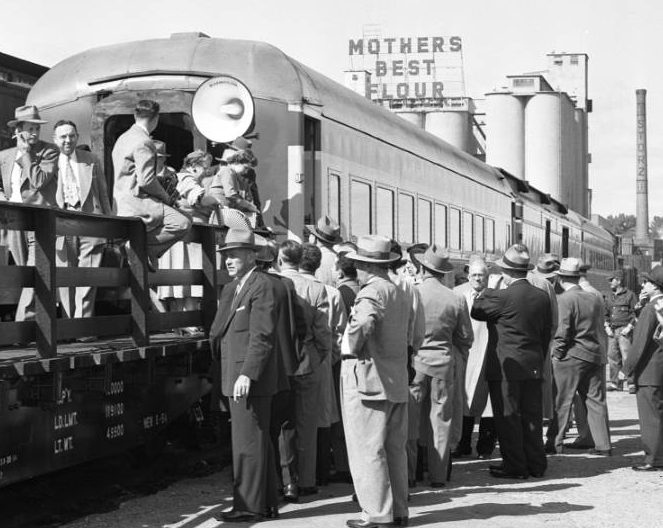
Like all robber barons of the Gilded Age, Gould wanted to become richer. He thought he could wind his Missouri Pacific Railroad around Omaha and make a buck doing it. However, instead of doing it himself he bamboozled the Union Pacific Railroad to build it for him. Using materials from both railroads along with Union Pacific labor, the tracks were laid quickly and without a lot of issues. Historians still don’t know exactly how Gould pulled this off!
What we do know is that Gould knew his railroad only had access to downtown Omaha from the south by using Union Pacific tracks, and saw that he needed to get direct access to downtown Omaha for his own company. However, they weren’t funded well, and the Union Pacific was. Somehow, Gould pitched the Union Pacific on what they should do and they did it.
In 1883, Gould created a new company called the Omaha Belt Line Railway and stacked the board of directors with his Omaha friends and allies. While they appeared loyal to the Union Pacific project, they did the bidding of Gould. Guaranteed there was some paper used to grease those wheels! Out of these shenanigans, the Belt Line was born. It was a 15-mile long railroad that went around what were Omaha’s outskirts in 1885. Carrying passengers and cargo, it was operated by the Missouri Pacific Railroad.
Not coincidentally, the Missouri Pacific line merged with the Belt Line in South Omaha, leading that railroad directly into downtown Omaha. Mail, passengers and freight travelled around the city with ease for more than 20 years. However, as a passenger railroad it didn’t really work. Turned out that people from the Near North Side neighborhood didn’t want to visit Walnut Hill very often, and people in Rockbrook just weren’t that connected to the people in Florence.
Belt Line Built Neighborhoods

The Belt Line essentially started at the Webster Street Station at North 15th and Webster Streets. From there, the route went through the Missouri Pacific North Omaha rail yards along the bluffs where North 15th Street would be. It went northwards underneath the Locust Street viaduct to cross the trestle at North 16th and Commercial Avenue, and crossed Commercial north of Sahler Street. From there it went west and south to cross North 30th Street just south of Ames, then angled south and west towards North 31st and Sprague. Then it went south to North 40th and Lake, to Military Avenue and Hamilton, and then and southwest to hop Cuming Street across a trestle towards the Saddle Creek and California area, where it continued south and west towards Dodge. From there it went southward. Way back at Nicholas Street, there was an alley spur that went due west between Izard Street and Nicholas Street for several blocks.
Starting at Webster, the Belt Line went through the Nicholas Street Historic District; north through unnamed railroad land; east through the Saratoga neighborhood; south into the Druid Hill neighborhood and toward the Walnut Hill neighborhood. It then relied on the Saddle Creek neighborhood before it crossed Dodge.


In all those neighborhoods, the Belt Line built light industry and big ambition. Starting with the main yard at Nicholas Street, small businesses popped up along the way. They manufactured all kinds of goods and provided a variety of services. Along the length of the line, the Belt Line also crossed a lot of other railroads and created more business that way, too.
Through junctions with the Union Pacific; the Chicago and Northwestern Railway; the Chicago, St. Paul, Minneapolis and Omaha Railway, also called the Omaha Road; and the Illinois Central, the Belt Line provided ample opportunity to move passengers and freight easily across Omaha, throughout Nebraska and across the United States.
Passengers generally stopped using the Belt Line for around-the-city service by the 1890s, if only because streetcars went everywhere they wanted to by then. With the advent of personal car ownership by the 1920s, passengers were gone entirely. However, for the next 50 years, the Belt Line hauled a variety of freight around Omaha, moving products easily from North and central Omaha to the mainline railroads downtown, and out into the world from there.

Businesses on the Belt Line
There were dozens of businesses built along the Belt Line Railway. Offering fast access to markets throughout the Midwest and across the United States, light manufacturing grew rampantly along the line from the 1880s through the 1950s. Some of the businesses included:
- Stroud Company
- Omaha Motor Car Company
- J. F. Bloom and Company
- Lozier Corporation
- Omaha Linen
- Boyer Lumber and Coal Company
- Wiens Omaha Brush Company
- Murphy, Wasey and Company
- Overland Tire Company
- US Mills
- Uncle Sam Breakfast Cereals
Stations and Depots

By far, the most important station associated with the Belt Line Railway was the Webster Street Station, located at North 15th and Webster Streets. It was used by four railroads, including the Missouri Pacific; the Sioux City and Pacific; the Fremont, Elkhorn and Missouri Valley; and the Chicago, St. Paul, Minneapolis and Omaha Railroads. There was also a separate freight station at North 15th and Nicholas that was constantly busy.
However, there were several other depots for the Belt Line across North Omaha. They were:
- Webster Street Station, North 15th and Webster Street—Built in 1885
- Nicholas Street Freight Depot, North 15th and Nicholas Street—Built in 1885
- Oak Chatham Depot, 4351 North 22nd Street—Built in 1885
- Druid Hill Depot, North 32nd and Spaulding Street—Built in 1885
- Lake Street Depot, North 40th and Lake Street—Built in 1885
- Nicholas Street Depot, North 43rd and Nicholas Street—Built in 1885, this depot burned down in 1906
- Walnut Hill Depot, Military Avenue and Hamilton Street—Built in 1885
Each of these varied in size and purpose. However, originally, all of them carried passengers. The Webster Street Station served multiple railroads too, allowing passengers to move easily from the Missouri Pacific to all points nationwide.
The Demise of the Railroads

By the 1960s, gas was cheap and big rigs ruled the interstates. The fate of railroads seemed to be doomed, and the industries that relied on the Belt Line quit using the railroad. by the growth in long-distance trucking from the 1960s, the Belt Line was abandoned in the 1980s, leaving a wide swath of underutilized space cutting through the city.
The line was abandoned and removed piecemeal throughout the 1980s and 1990s as freight customers moved to bigger facilities away from the rail line and public transportation service in Omaha became less popular and dominated by an inefficient bus system. Today a portion of the Belt Line has been turned into the MoPac Trail (MoPac being the age-old nickname of the Missouri Pacific Railroad), also known as the “Field Club Trail”, a recreational trail in Omaha. A small portion of the Belt Line Railway is still in use on the extreme south end of the line, which now serves as a “spur”(a dead end railroad track that provides access to one or more industries) to several South Omaha industries near Dahlman Avenue. It is operated by the Union Pacific Railroad.
The corridor now perfectly aligns many of the region’s most important new centers of education, transit, health, and employment with the city’s core, where jobs and services are concentrated along east-west corridors. A local nonprofit called Emerging Terrain was founded a few years ago, and promoted repurposing the Belt Line to become a modern light rail route coupled with a pedestrian and bike path. Their work was ahead of its time, and the project died young.
Belt Line Tour
- 16th (Sherman) Street Trestle, North 16th and Sahler Street (demolished)
- John A. Creighton Boulevard Trestle, John A. Creighton Boulevard and Sprague Street (demolished)
- Ohio Street Trestle, North 39th and Ohio Street (demolished)
- Hamilton Street Trestle, Military Avenue and Hamilton Street (demolished)
- Cuming Street Trestle, 4448 Cuming Street (demolished)
- Burt Street Trestle, North 45th and Burt Street (demolished)
- Webster Street Station, 1490 Mike Fahey Street (demolished)
- Oak Chatham Depot, 4351 N. 22nd Street (demolished)
- Druid Hill Depot, 4230 N. 30th Street (demolished)
- Lake Street Depot, 2480 N. 40th Street (demolished)
- Nicholas Street Depot, 4360 Nicholas Street (demolished)
- Walnut Hill Depot, 4242 Hamilton Street (demolished)
- Missouri Pacific Roundhouse, 35 Carter Lake Shore Dr (demolished)
Special thanks to John Peterson, Anne R. Trimble and Dick Ryker, Richard Orr, Michele Wyman, and everyone else who contributed directly and indirectly to this article.
You Might Like…
MY ARTICLES ABOUT THE BELT LINE RAILWAY IN NORTH OMAHA
Businesses:4402 Florence Blvd | 4426 Florence Blvd | 4225 Florence Blvd | Omaha Casket Company | U.S. Brush Company | Murphy, Wasey and Company Factory | Iten-Barmettler Biscuit Company | Uncle Sam Breakfast Food Company | Storz Brewery | Douglas Motors Corporation
Neighborhoods: Nicholas Street Historic District | Squatter’s Row | Near North Side | North Omaha Bottoms | Sulphur Springs | Saratoga | Bedford Place | Plum Nelly | Clifton Hill | Orchard Hill | Walnut Hill | Military Avenue
Related: Railroads | 30th and Ames | 16th and Locust | 40th and Hamilton
Elsewhere Online
- “New North Omaha Bike Trail Hopes to Bring Car-Free Transportation Access” by Elle Love for NOISE
- “Belt Line” by Emerging Terrain. An enormous and excellent vision for the potential reuse of the Belt Line Railroad, including light rail, trails, and an excellent community-based planning process to engage Omaha
- Omaha’s Flirtation with the Belt Line. An article remorsing the loss of the Belt Line vision fostered by Emerging Terrain
BONUS PICS!






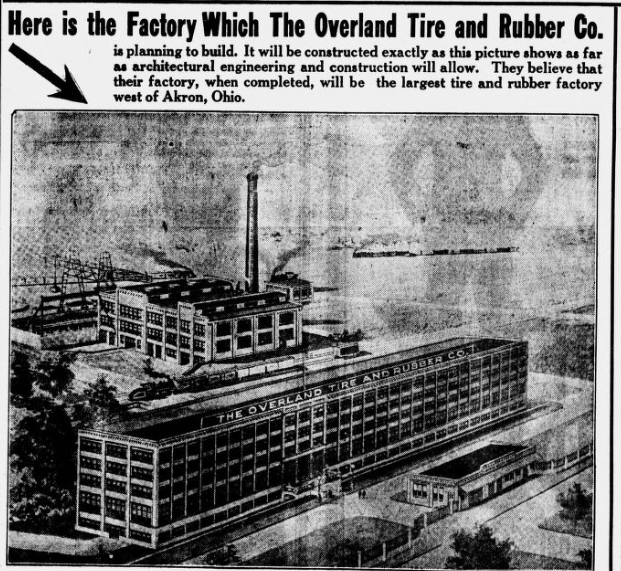
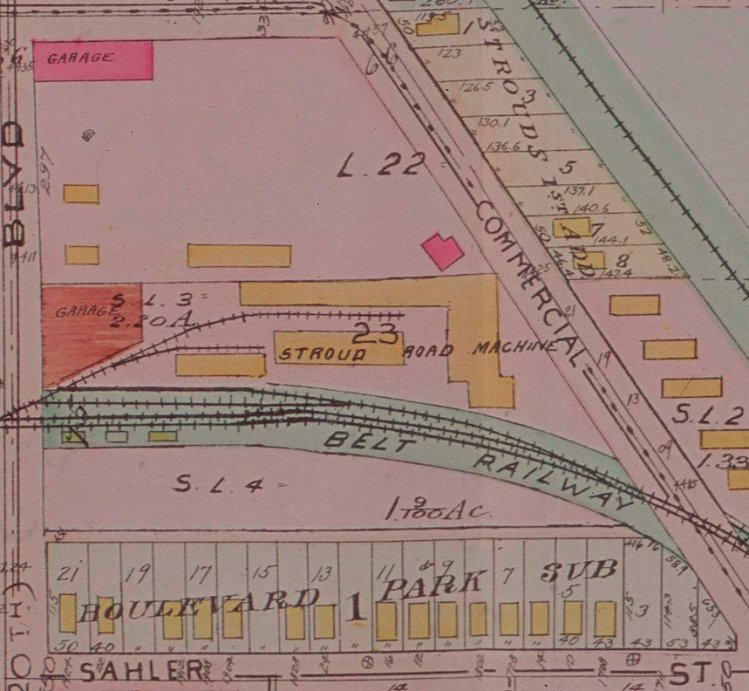


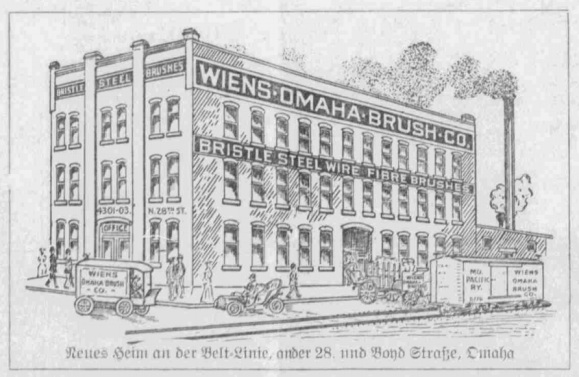

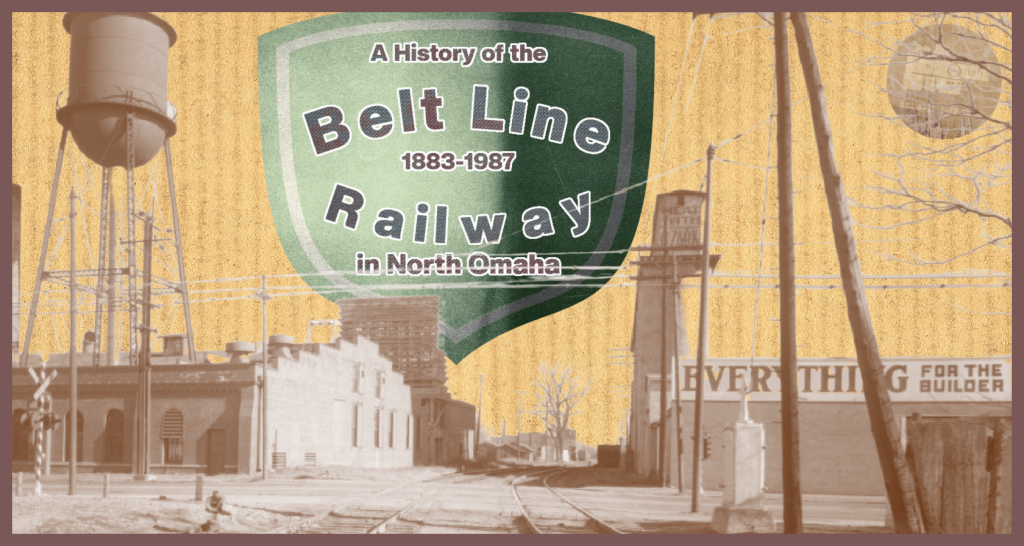
Leave a comment